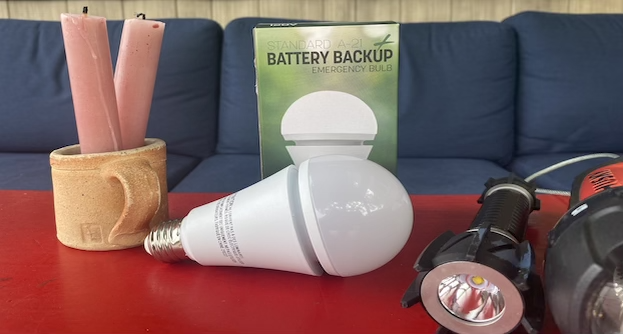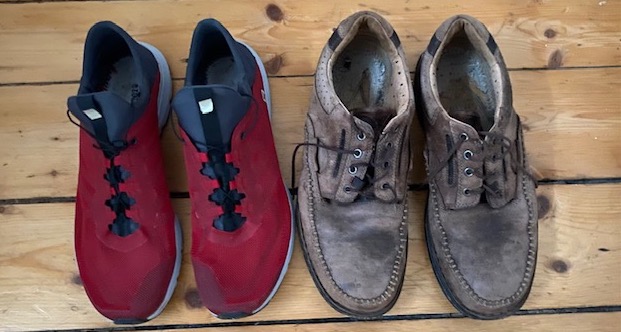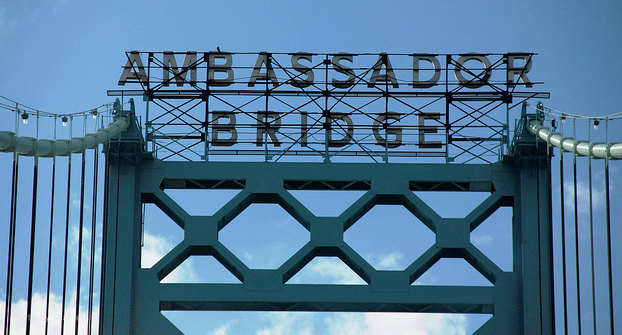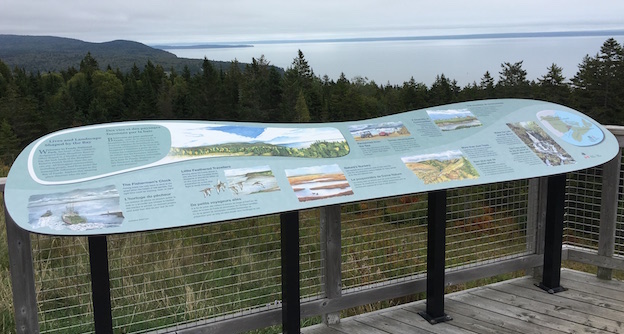There are two well-known family-run chocolate companies in Atlantic Canada. One is Ganongs in St. Stephen, New Brunswick, established in 1873. It served as the metaphor for my first “governance selection” piece published here in July 2020. The other, Peace by Chocolate, in Antigonish, Nova Scotia, was established by a Syrian refugee family in 2016. Here, it introduces a few more bite-sized tips.
The first confection I have chosen to focus on here is board minutes. Hardly a sweet of interest to most. I have fielded a lot of questions on this topic and much to my surprise new ones, new to me anyway, still appear. I have divided my responses here into four pieces. One is about minutes being signed, another with the phenomena of “draft” minutes, a third on the question of when minutes should be approved, and lastly, how long should board minutes be kept? Most readers will know the answer to this one.
The second item in the box looks at matter a board’s own document files. Is it easy for you to find past meeting minutes, lists of recruitment prospects, or signed confidentiality forms? My guess is that few non-profits have a well-considered organizational scheme. There is probably not a best one, but perhaps my suggestions can spark a conversation.










